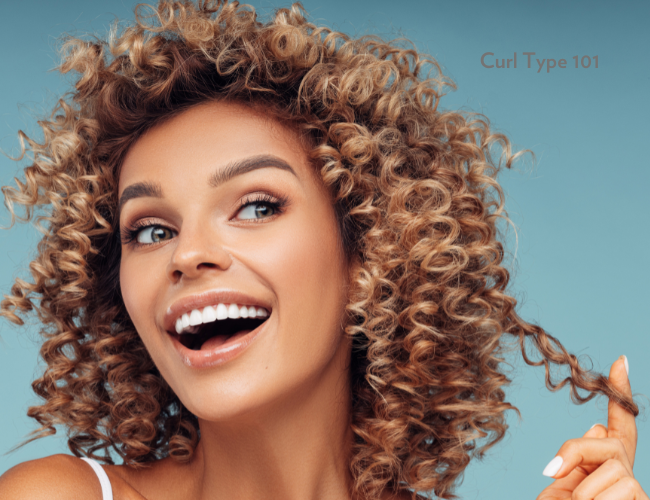Understanding your natural curl pattern is the first step toward achieving healthy, vibrant, and well-defined curls. By identifying your unique curl type, you can tailor your hair care routine to suit your hair’s specific needs, enhancing both its appearance and health. Let’s delve into the intricacies of the various curl patterns, from Type 1 to Type 4, and explore the distinctive characteristics of each.
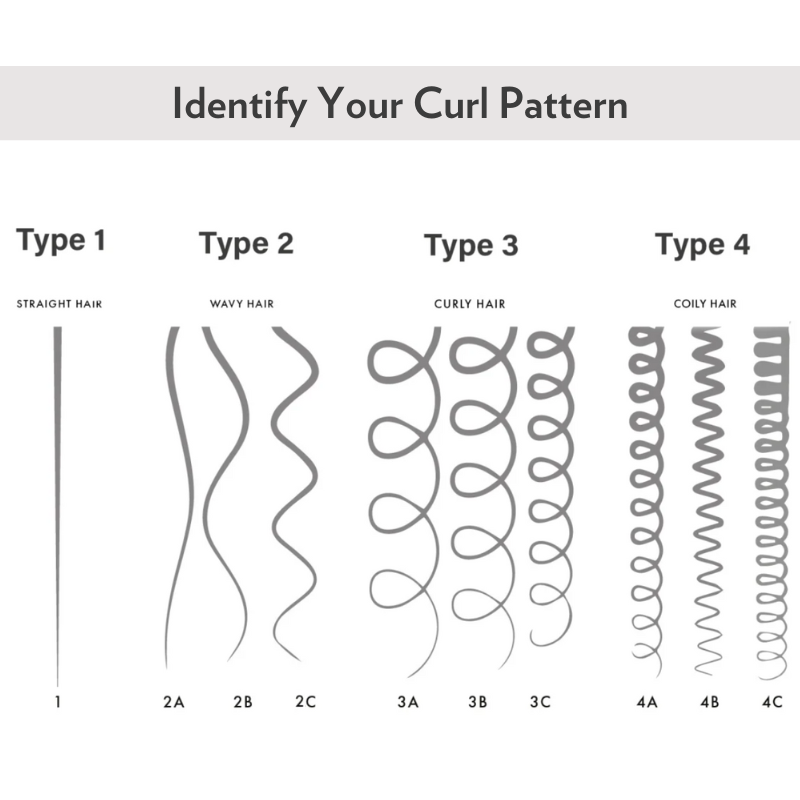
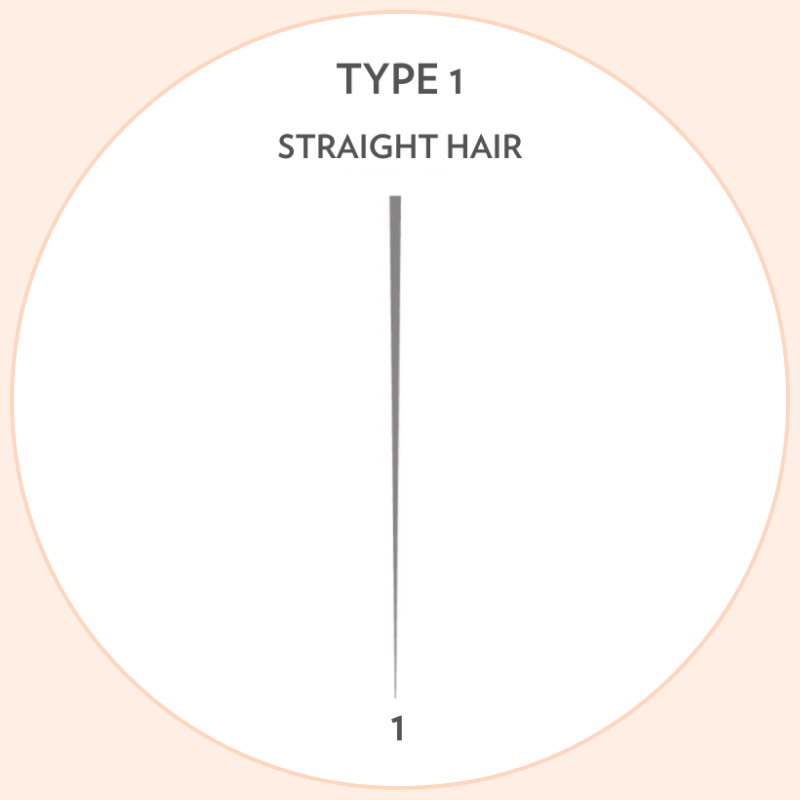
Curl Type 1: Straight Hair
Type 1 hair is characterized by its lack of natural curl. Straight as a board, Type 1 hair is resilient against curls but prone to oiliness due to the straight path sebum takes from the scalp down the hair shaft.
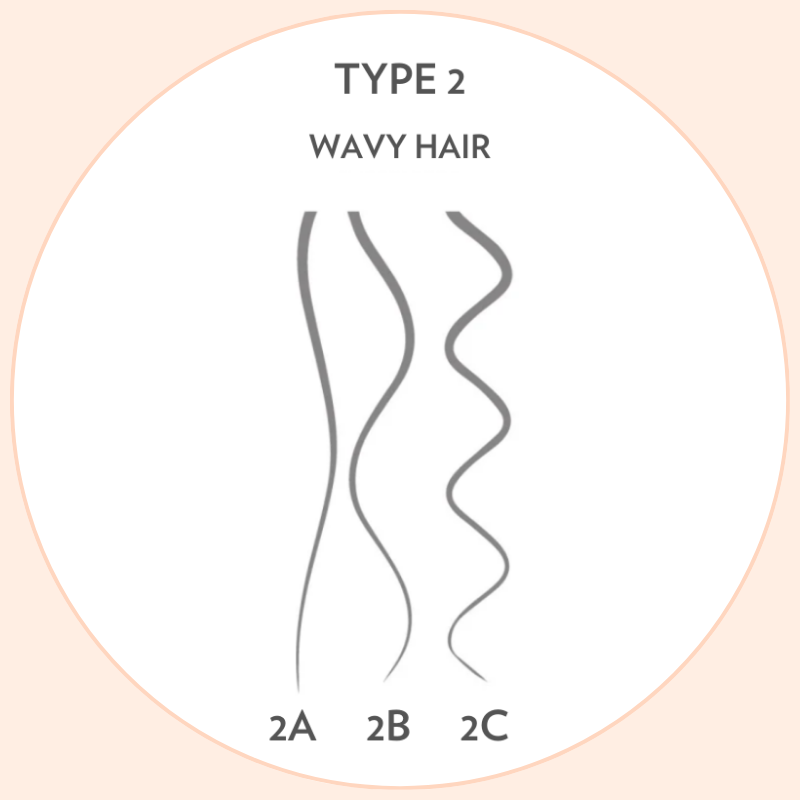
Curl Type 2: Wavy Hair
Type 2 hair is where we start to see waves forming. It strikes a balance between straight and curly, often with a bit of a tousled texture that can range from loose, beachy waves to more defined S-patterns.
Type 2A:
Type 2A have a soft, fine wave that is barely noticeable and easy to style. They tend to lack volume at the root and can be weighed down easily with incorrect product choices.
Type 2B:
Type 2B waves have more of a defined ‘S’ shape along the mid-lengths and each stand tends to be slightly thicker than Type 2A waves. As such, achieving hold can be a little harder. A great recommendation is to use a diffuser and a cur product with slightly more hold in order to create lasting definition and volume (particularly at the root where it is often lacking).
Type 2C:
Type 2C thick waves that start at the roots, often with a definite S-shape and prone to frizz. Try using a cleansing conditioner between regular shampoos in order to retain crucial moisture. This will help reduce frizz.

Curl Type 3: Curly Hair
Type 3 hair is where true curls begin to form, showcasing a looped, spiral, or corkscrew shape. These curls have a lot of volume, tend to be dry, and require moisture to maintain their structure and health.
Type 3A:
The type 3A curls are loose, large and shiny and are about the size of sidewalk chalk.
Type 3B:
With type 3B, the curls are medium to tight and are about the size of a marker.
Type 3C:
The type 3C curls are tight curls or coils that can wrap snugly around a pencil. Curls are generally packed quite densely together and are very voluminous.
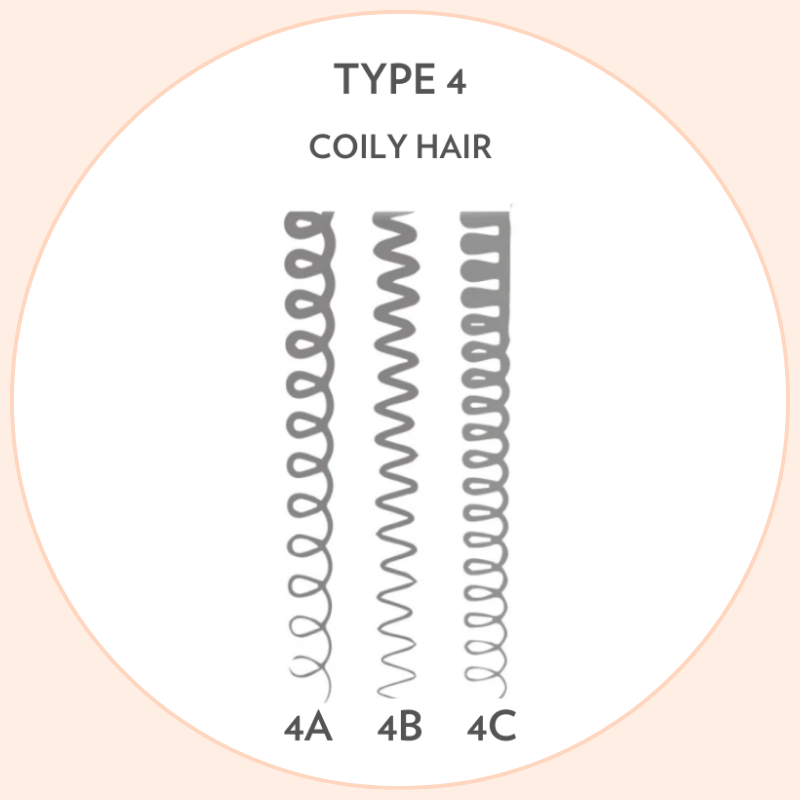
Curl Type 4: Coily Hair
Type 4 hair features the tightest curls, ranging from fine, thin spirals to dense, kinky coils. This hair type is the most fragile and requires significant moisture and gentle handling to prevent breakage.
Type 4A:
The type 4A coils feature soft, dense micro coils that can form an S pattern when stretched
Type 4B:
The type 4B coils are Z-shaped with a less defined pattern, prone to shrinkage.
Type 4C:
With type 4C, coils have a very tight or zig-zag pattern that can experience up to 75% shrinkage. The pattern is similar to 4B, but it is even tighter and more fragile.
Identifying Your Curl Pattern
To accurately identify your curl pattern, analyze your hair when it’s most natural—ideally when it’s air-dried without any product. Look for the shape of your curls right from the roots and compare them to the descriptions above. Keep in mind that it’s common to have more than one type of curl pattern on your head.
Top Picks:
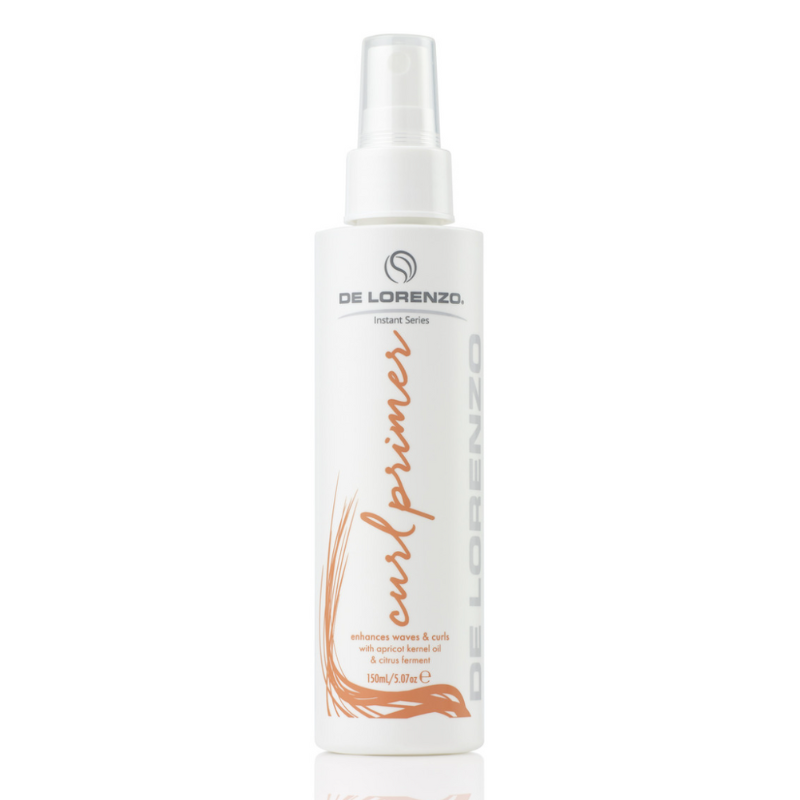
De Lorenzo Instant Curl Primer

Davines Love Curl Cream

Keune Confident Curl Leave-In Coily
Final Thoughts on Curl Types
Identifying your curl pattern is just the beginning. With this knowledge, you’re well-equipped to navigate the vast world of curly hair care, embracing products and routines that celebrate and nurture your unique curls. Whether you’re a Type 1 or Type 4, remember that healthy hair is beautiful hair, and understanding your curl pattern is key to unlocking your hair’s full potential.
Shop all your favourite curl products from My Haircare & Beauty!
See similar:
How to Style Wet Curly Hair
7 Golden Rules for Styling Sexy, Straight Hair
5 Color Wow Products That Are Changing the Hair Game
Styling Commandments for Gorgeous Curls
Styling 101: Guide to Using MUK Curl Stick
Source link

